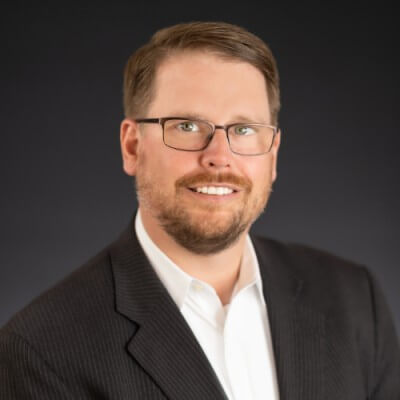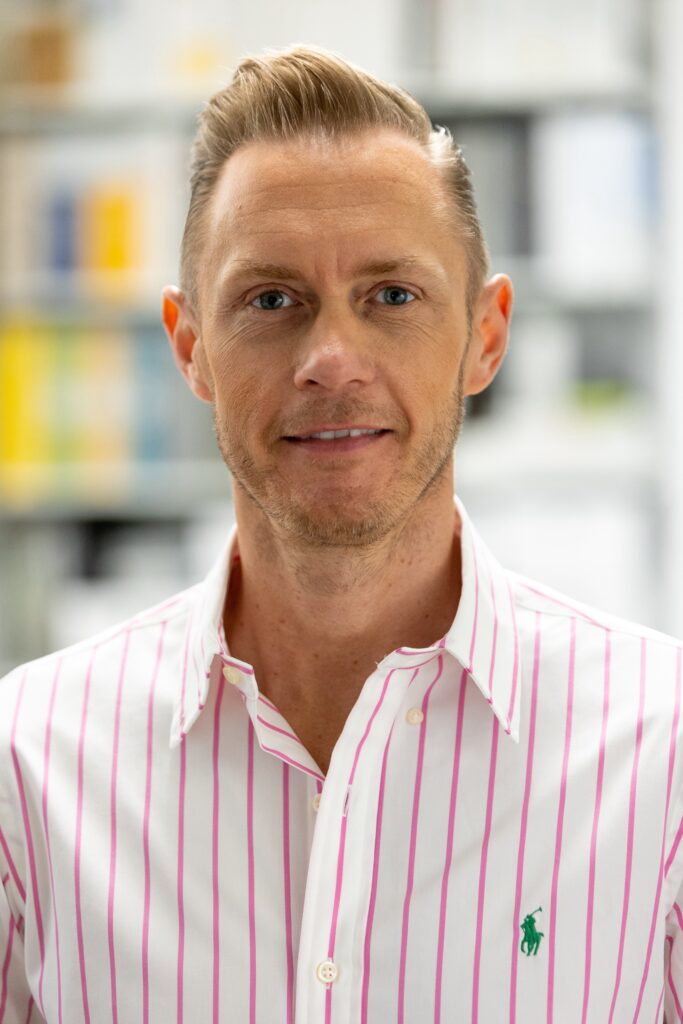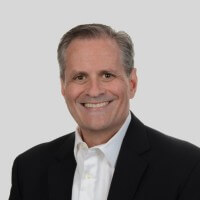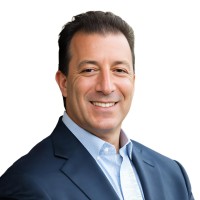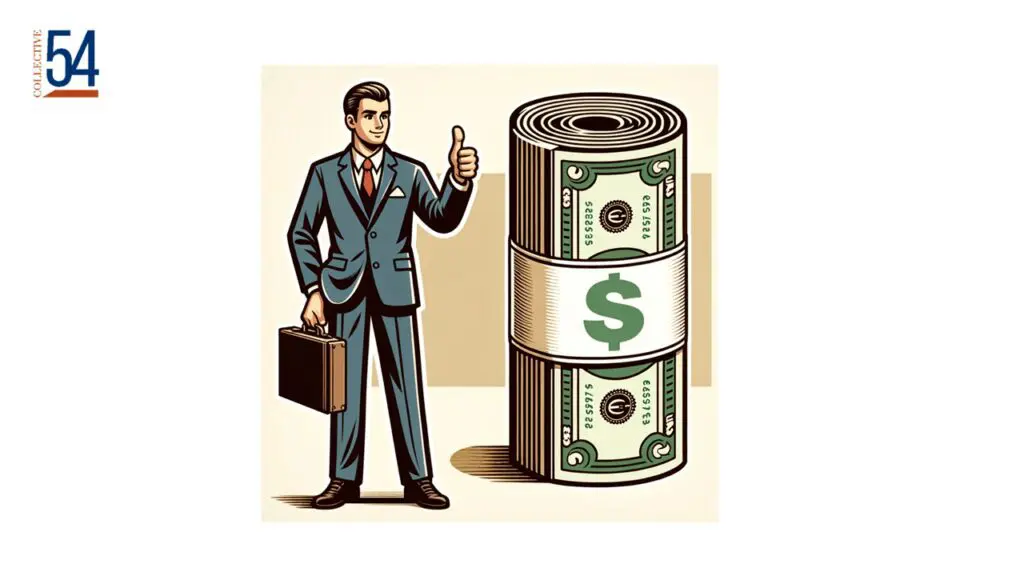Unlocking Qualified Leads: Leveraging Amazon Book Sales and PPC Advertising for Professional Services Firms
In the competitive world of professional services, standing out often feels like shouting into a void—or a crowded networking event where everyone’s handing out business cards. But there’s a better way to establish authority and generate qualified leads: authoring a niche-specific book and selling it on Amazon. This isn’t just a way to flaunt your expertise—it’s a powerful lead generation tool. By combining it with Amazon’s Pay-Per-Click (PPC) advertising, your book can become a magnet for potential clients, positioning you as a go-to expert while expanding your reach far beyond your usual circles.


